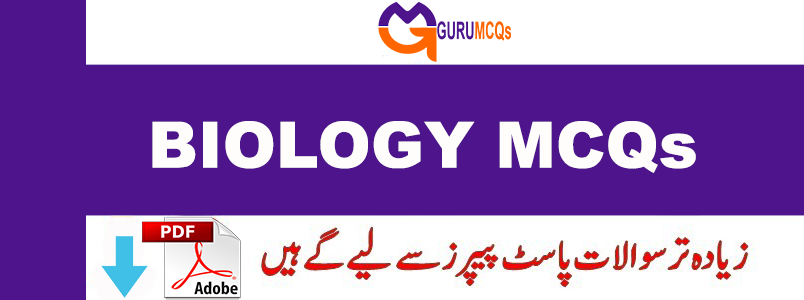
MCQs is one of the best ways to test a student’s comprehension of a concept. Academic Task subject experts have prepared these Biology MCQs based on current trends and practices. Most repeated general science Biology MCQs section, frequently encountered in GAT, NAT, GRE, SAT, MCAT Inspector, ASI, Sub-inspector, Constable, FPSC, PPSC, ETEA, FIA, Police, Army, Navy, Airforce, IB, MOFA, ASF, LHC, Educators, and various other competitive exams or tests as well as government and private job assessments. The content of qurumcqs.com is updated regularly, with the addition of new topics, more questions, and useful links. Medical biology most repeated MCQs include all topics like Basic Biology MCQs for Entry Test, MCQ on Cell Signaling, MCQ on Mollusca, MCQ on Mollusca, MCQ on Respiratory System, MCQ on Nutrition in Plants, MCQ on Vitamins, MCQ on Plant Tissue Culture, MCQ on Bioinformatics, MCQ on Food Microbiology, MCQ on Food Microbiology, Human Health and Disease, Genetics, etc.
161. Who coined the term Animalcules for microorganisms like Bacteria and protozoa?
A. Robert Koch
B. Louis Pasteur
C. Alexander Fleming
D. Leeuwenhoek
162. Who discovered the bacteria causing tuberculosis and also developed various techniques of media preparation and maintenance of pure culture?**
A. Robert Koch
B. Louis Pasteur
C. Alexander Fleming
D. Leeuwenhoek
163. Which of the following statement is incorrect regarding germ theory of diseases postulated by Robert Koch?
A. A specific organism can always be found in association with a given disease
B. The organism can be isolated and grown in pure culture in the laboratories
C. The pure culture cannot produce the disease when inoculated into susceptible animal however the causative organism isolated from pure culture can do so.
D. It is possible to recover the organism in pure culture from the experimentally infected animals
164. Which of the following structure is not present in all the bacteria?
A. Cell membrane
B. Chromatin bodies
C. Ribosomes
D. Capsule
165. The size of Spirochete is?
A. 0.1 -600 um
B. 100-200 nm
C. 500 um
D. 0.75-1.25 um
166. E. coli and example of entrobacteriace is important for causing diarrheal diseases its size is?
A. 0.1-600 um
B. 100-200 nm
C. **1.1-1.5 um (width) 2.0-6.0 um (length)**
D. 0.75-1.25 um
**167. In bacterial categories the bacteria smaller in number are?**
A. Gram-ive bacteria
B. Eubacteria
C. Ancient bacteria
D. Gram +ive bacteria
168. Germ theory of disease has _______________ postulates?
A. 3
B. 5
C. 4
D. 6
169. Some bacteria ranging occasionally a size of 500 ?m in length are___________________?
A. Escherichia coli
B. Spirochetes
C. Mycoplasma
D. Epulopiscuim
170. Coccobacillus has a shape similar to________________?
A. Diplobacillus
B. Sarcina
C. Egg
D. None of these
